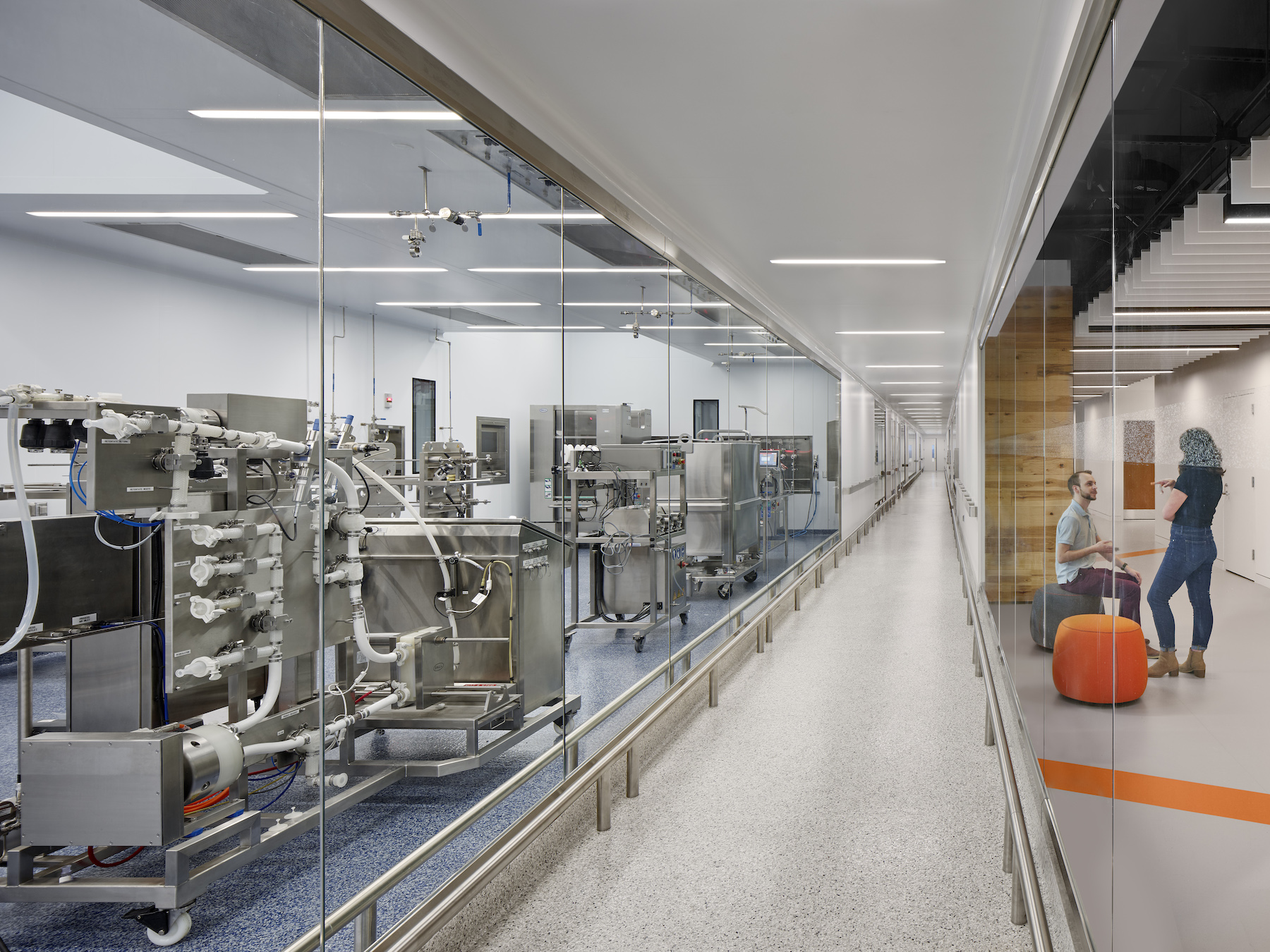
Laboratories are dynamic spaces where scientific research, experimentation, and discovery take place. Over time, the needs of a laboratory may evolve, new equipment may be introduced, or safety regulations may change. In such cases, laboratory renovation becomes necessary to update the infrastructure, enhance functionality, improve safety, and support innovative research. In this article, we will explore the importance of Laboratory Renovation the key considerations involved, and the benefits it offers to researchers, institutions, and the scientific community as a whole.
The Importance of Laboratory Renovation
Laboratory renovation is vital for several reasons:
-
Up-to-Date Facilities: Laboratories must stay current with advancements in technology and research methods. Renovation allows for the integration of state-of-the-art equipment and facilities, ensuring that scientists can conduct cutting-edge experiments.
-
Safety Compliance: Safety regulations in laboratories are stringent and continuously evolving. Renovation provides an opportunity to upgrade safety measures, install proper ventilation systems, and address hazards that may have emerged over time.
-
Efficiency and Productivity: Well-designed laboratories optimize workflow, reduce bottlenecks, and enhance efficiency. Renovation can improve the layout, organization, and accessibility of laboratory spaces, contributing to higher productivity.
-
Flexibility: As research needs change, laboratories must adapt. Renovations can make laboratories more flexible, allowing them to accommodate a wider range of research projects and equipment configurations.
-
Sustainability: Renovations provide an opportunity to incorporate sustainable and energy-efficient features, reducing the environmental footprint of laboratory operations.
-
Attracting Talent: Modern, well-equipped laboratories are attractive to researchers and can help institutions recruit top talent in the field.
Key Considerations in Laboratory Renovation
Laboratory renovation projects require careful planning and consideration of various factors to ensure success:
-
Safety Compliance: Ensuring that the renovated laboratory meets all safety and regulatory requirements is paramount. This includes fire safety, chemical storage, ventilation, and waste management standards.
-
Research Needs: Understand the specific research needs of the laboratory. Consider the types of experiments, equipment, and workspaces required to support ongoing and future research projects.
-
Budget: Establish a realistic budget for the renovation project. This should include construction costs, equipment purchases, and any necessary safety upgrades.
-
Design and Layout: Work with architects and designers to create a layout that optimizes space, workflow, and safety. Consider factors such as bench space, storage, and access to utilities.
-
Environmental Impact: Incorporate sustainable and environmentally friendly features where possible. This may include energy-efficient lighting, water-saving fixtures, and sustainable materials.
-
Infrastructure and Utilities: Ensure that the laboratory has the necessary infrastructure, including electrical, plumbing, and HVAC systems, to support research activities.
-
Minimizing Downtime: Plan the renovation to minimize disruption to ongoing research. Temporary laboratory facilities may be needed to maintain continuity.
-
Project Management: Appoint a project manager or team to oversee the renovation project, coordinate contractors, and ensure that the project stays on schedule and within budget.
Benefits of Laboratory Renovation
Laboratory renovation offers a wide range of benefits:
-
Enhanced Safety: Updated safety measures, such as improved ventilation and safety equipment, reduce the risk of accidents and ensure the well-being of laboratory personnel.
-
Improved Productivity: Efficient laboratory layouts and optimized workflows increase research productivity and enable scientists to focus on their work.
-
Support for Innovation: Modern laboratories with up-to-date equipment and infrastructure support innovative research and attract researchers and funding.
-
Flexibility: Renovated laboratories can accommodate a variety of research needs, fostering collaboration and adaptability.
-
Energy Efficiency: Sustainable features reduce energy consumption and operating costs, contributing to long-term sustainability.
-
Compliance: Renovations ensure that laboratories comply with the latest safety and environmental regulations, avoiding potential penalties and liabilities.
-
Talent Attraction: Attractive, well-equipped laboratories help institutions recruit and retain top researchers and students.
-
Increased Collaboration: Renovated laboratories often include collaborative spaces that encourage interaction among researchers and promote interdisciplinary research.
Case Study: A Successful Laboratory Renovation
Let’s consider a hypothetical case study of a successful laboratory renovation:
Scenario: A university laboratory that conducts cutting-edge research in materials science required a renovation to update its infrastructure, improve safety, and accommodate new equipment.
Process:
-
Assessment: The university conducted a thorough assessment of the laboratory’s needs, identified safety hazards, and consulted with researchers to understand their requirements.
-
Design: Architects and designers worked closely with researchers to create a new layout that optimized bench space, storage, and safety measures. Sustainable features, such as energy-efficient lighting and water-saving fixtures, were incorporated.
-
Safety Upgrades: The renovation project included the installation of a state-of-the-art fume hood system, upgraded fire suppression systems, and improved ventilation to meet safety regulations.
-
Equipment Upgrades: The laboratory purchased new, advanced equipment to support ongoing research projects.
-
Construction: The renovation was carried out in phases to minimize disruptions to ongoing research. Temporary laboratory spaces were set up to ensure that experiments could continue.
Outcomes:
- The renovated laboratory now boasts modern equipment, an efficient layout, and improved safety measures.
- Researchers reported increased productivity and collaboration among teams.
- The laboratory successfully attracted additional research funding and top talent.
- Sustainable features reduced energy consumption, benefiting both the environment and the university’s operating costs.
Conclusion
Laboratory Renovation is a vital process that ensures laboratories remain safe, efficient, and adaptable to evolving research needs. Whether driven by safety requirements, the desire for innovation, or the need to attract top talent, laboratory renovation projects have the potential to transform scientific spaces for the better. Through careful planning, compliance with regulations, and a focus on sustainability, laboratory renovations contribute to the advancement of scientific research and the success of institutions and researchers alike.


